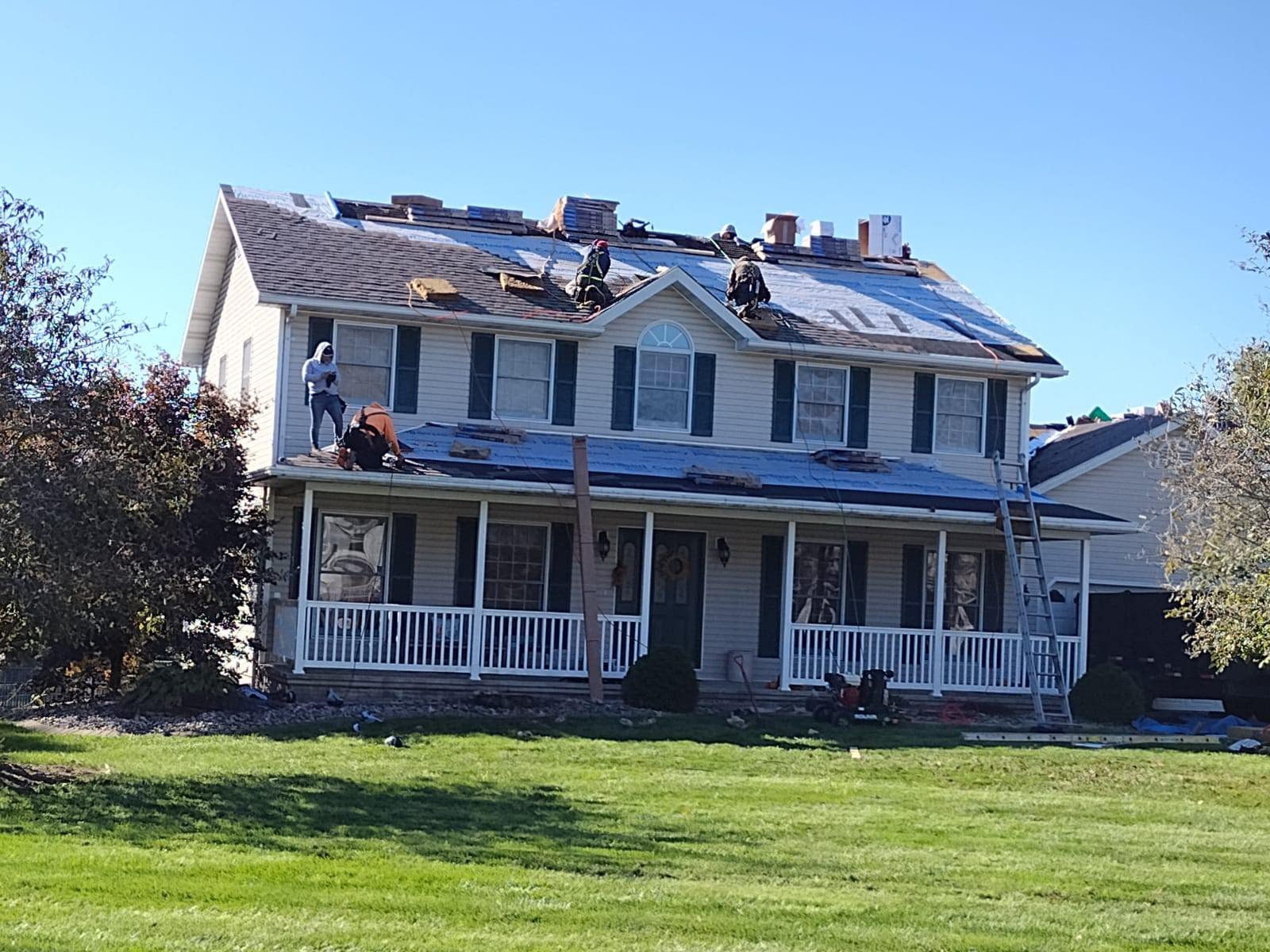Proper roof ventilation is a crucial aspect of maintaining the health and efficiency of your home. It involves the circulation of air through the attic space, which helps regulate temperature and moisture levels. Effective roof ventilation brings numerous benefits, enhancing your home’s energy efficiency and extending the longevity of your roof. Here’s a detailed look at why roof ventilation is so important and the benefits it provides.
1. Temperature Regulation
One of the primary benefits of roof ventilation is temperature regulation. During the summer, attics can become extremely hot, with temperatures soaring well above the outside temperature. Proper ventilation allows hot air to escape, reducing the overall temperature of the attic. This helps to keep the entire house cooler, reducing the reliance on air conditioning and, consequently, lowering energy bills.
In the winter, roof ventilation helps maintain a balanced attic temperature, preventing the formation of ice dams. Ice dams occur when the heat from the attic melts snow on the roof, which then refreezes at the eaves, potentially causing water to back up under the shingles and lead to leaks. Proper ventilation allows for consistent temperatures, reducing the risk of ice dams and the associated damage.
2. Moisture Control
Moisture control is another critical benefit of roof ventilation. Without adequate ventilation, moisture can build up in the attic from sources such as cooking, showering, and laundry. This moisture can lead to condensation on the underside of the roof, promoting mold growth and wood rot, which can compromise the structural integrity of the roof and the home.
Proper ventilation helps expel moist air, maintaining a dry attic environment. This not only protects the roof structure but also improves indoor air quality by preventing mold and mildew growth, which can be harmful to health.
3. Extended Roof Lifespan
Effective roof ventilation significantly extends the lifespan of your roof. Excessive heat and moisture can accelerate the deterioration of roofing materials, leading to issues such as warped shingles, damaged underlayment, and weakened structural components. By maintaining a well-ventilated attic, you can prevent these issues, ensuring that your roof lasts longer and performs better.
Moreover, many roofing manufacturers include proper ventilation as a requirement for their warranties. Ensuring that your roof is adequately ventilated can protect your investment and prevent warranty issues.
4. Energy Efficiency
Proper roof ventilation enhances your home’s energy efficiency by reducing the load on heating and cooling systems. During the summer, ventilated attics help keep indoor temperatures lower, reducing the need for air conditioning. In the winter, preventing ice dams and moisture buildup helps maintain insulation effectiveness, reducing the need for additional heating.
This improved energy efficiency translates into lower energy bills and a reduced environmental footprint. Over time, the savings on energy costs can offset the initial investment in a proper ventilation system.
5. Improved Comfort
A well-ventilated roof contributes to overall home comfort. By regulating attic temperatures, ventilation helps maintain consistent indoor temperatures throughout the year. This reduces hot spots and uneven heating or cooling, creating a more comfortable living environment for you and your family.
6. Enhanced Indoor Air Quality
As mentioned earlier, proper ventilation helps prevent mold and mildew growth, which can significantly impact indoor air quality. By ensuring a steady flow of air through the attic, ventilation helps keep the air in your home cleaner and healthier, reducing allergens and improving respiratory health.
Conclusion
Proper roof ventilation is essential for maintaining the energy efficiency, structural integrity, and comfort of your home. It helps regulate temperature, control moisture, extend the lifespan of your roof, improve energy efficiency, and enhance indoor air quality. Investing in a good roof ventilation system not only protects your home but also provides long-term financial and health benefits. Whether building a new home or upgrading an existing one, ensuring adequate roof ventilation should be a top priority.
